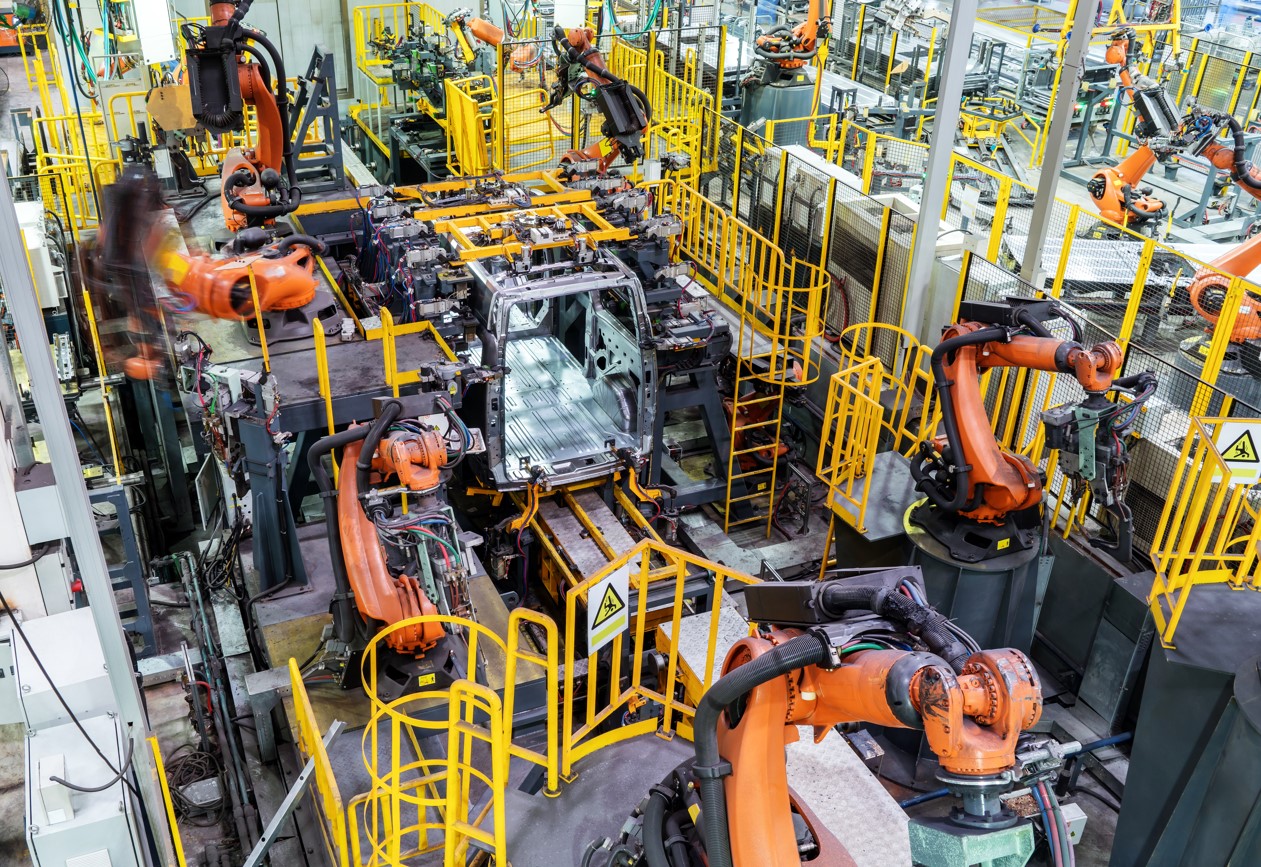If you run a manufacturing business, there is a good chance that you have a lot of equipment, supplies, and materials on hand. Naturally, you will want to make sure that you keep everything neatly organized. This is important for productivity since an organized facility will make it easier for your employees to find what they need for a job. Keeping your workplace more organized and tidy will help with safety, too. If you’re overwhelmed and unsure of how you are supposed to organize everything, you can try these tips.
Avoid Buying More Than You Need
First of all, of course, you will need to make sure that your facility has all of the supplies and materials that it needs for operation. However, you should avoid buying more than you need. This can be a waste of money, and it can make it harder for you to keep everything in your facility neat and organized. Additionally, you should get rid of old tools that don’t work or supplies or materials that aren’t in good shape. Then, you’ll have that much less stuff to worry about organizing.
Know Your Inventory Levels
The first step in determining when you need to buy new supplies is knowing how much inventory you currently have on hand. It’s important to track your inventory levels on a regular basis so that you can order new supplies before running out completely. This will help ensure that your production line remains running smoothly and prevent any major delays due to a shortage of materials or equipment.
Evaluate Your Production Needs
Another factor that should be taken into consideration when deciding when to replenish materials and equipment is your current production needs. If you are making more products than usual, then it stands to reason that you will need more materials and equipment sooner than normal. Conversely, if your production needs have decreased recently, then there may be no need for additional supplies just yet. Evaluating your current production needs will help you determine how much material and equipment needs to be bought and when it should be ordered.
Pay Attention To Demand Trends
Finally, paying attention to demand trends is key in figuring out when it’s time to buy more materials or equipment for your business. If the demand for certain items has increased significantly over recent months, then it makes sense that buying additional supplies would make sense sooner rather than later. Similarly, if demand has decreased recently, then purchasing additional supplies may not be necessary right now but could become necessary in the future if demand begins increasing again.
Invest in Shelving Units
Polymer shelving is a great choice for manufacturing facilities because it’s sturdy and durable, it looks great, and it’s easy to clean. If you haven’t yet invested in shelving units for storing supplies and equipment, now is a good time to buy a few of them. You will probably find that you can store more stuff in less space once you have these shelving units, and you’ll probably find that everything is much neater and more organized.
Label Everything
You should make sure that you label boxes, containers, and more when you’re organizing your facility. Then, when you or your employees are looking for something, it will be much easier for you to find it. Plus, when it’s time to put things away, it will be easier to know where everything goes if everything is labeled and color-coded.
Use an Inventory System
An inventory system is a vital tool for businesses managing large quantities of materials and equipment. A well-designed inventory system helps you track stock levels, manage purchasing, control costs, and optimize operations—all while helping you make informed decisions. In this blog post, we will cover the basics of how to use an inventory system to keep your materials and equipment organized.
Why Use an Inventory System?
An inventory system helps you observe trends in usage and plan ahead by anticipating future needs. This helps you reduce excess material costs by eliminating overstock situations, as well as ensuring that there are no shortages of vital materials or equipment. It also allows for better resource management by providing a centralized location for all your data that can be accessed across multiple departments within your organization.
How to Implement an Inventory System
Implementing an inventory system requires careful planning and consideration of your business’s needs. You should consider factors such as how much space is available to store materials, the size of orders placed, the length of time it takes to receive shipments, and any other applicable regulations or standards that need to be met. Once these considerations are taken care of, you can begin setting up the actual inventory system itself. Start by creating a list of all the items in your warehouse or workspace that need to be tracked and monitored. This list should include details such as item descriptions, SKUs (Stock Keeping Units), serial numbers (if applicable), quantity on hand, reorder points, preferred suppliers, etc. After building out this list for each item in your inventory system, you can then move on to categorizing them into groups based on type or purpose so that they are easier to find when needed. Finally, integrate the list into a software program or database so that it is easy to access from any location within your organization.
As you probably know, it’s important to keep your manufacturing facility neatly organized. Following these tips can help you get everything neatly in order. Then, you will hopefully find that your employees will not have trouble finding things and that your work environment is safer and more aesthetically pleasing, too. Plus, once you get everything organized, you will probably find it’s easier for you to keep it that way.































No Comments
Leave a comment Cancel